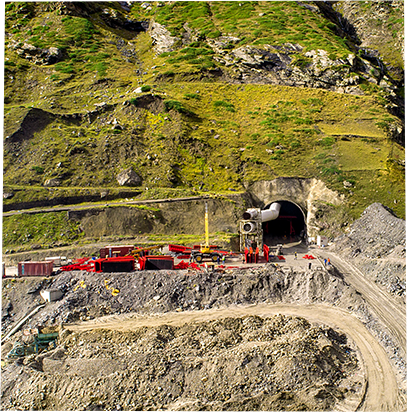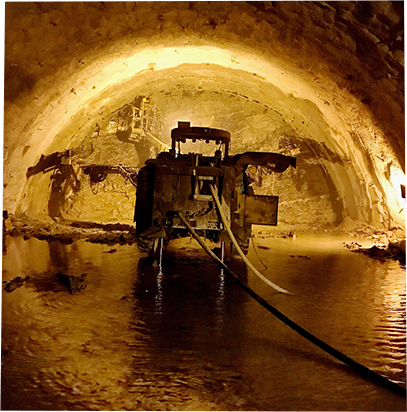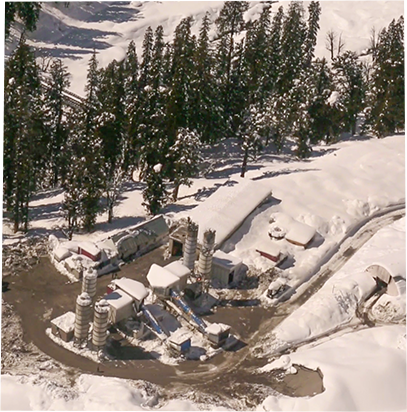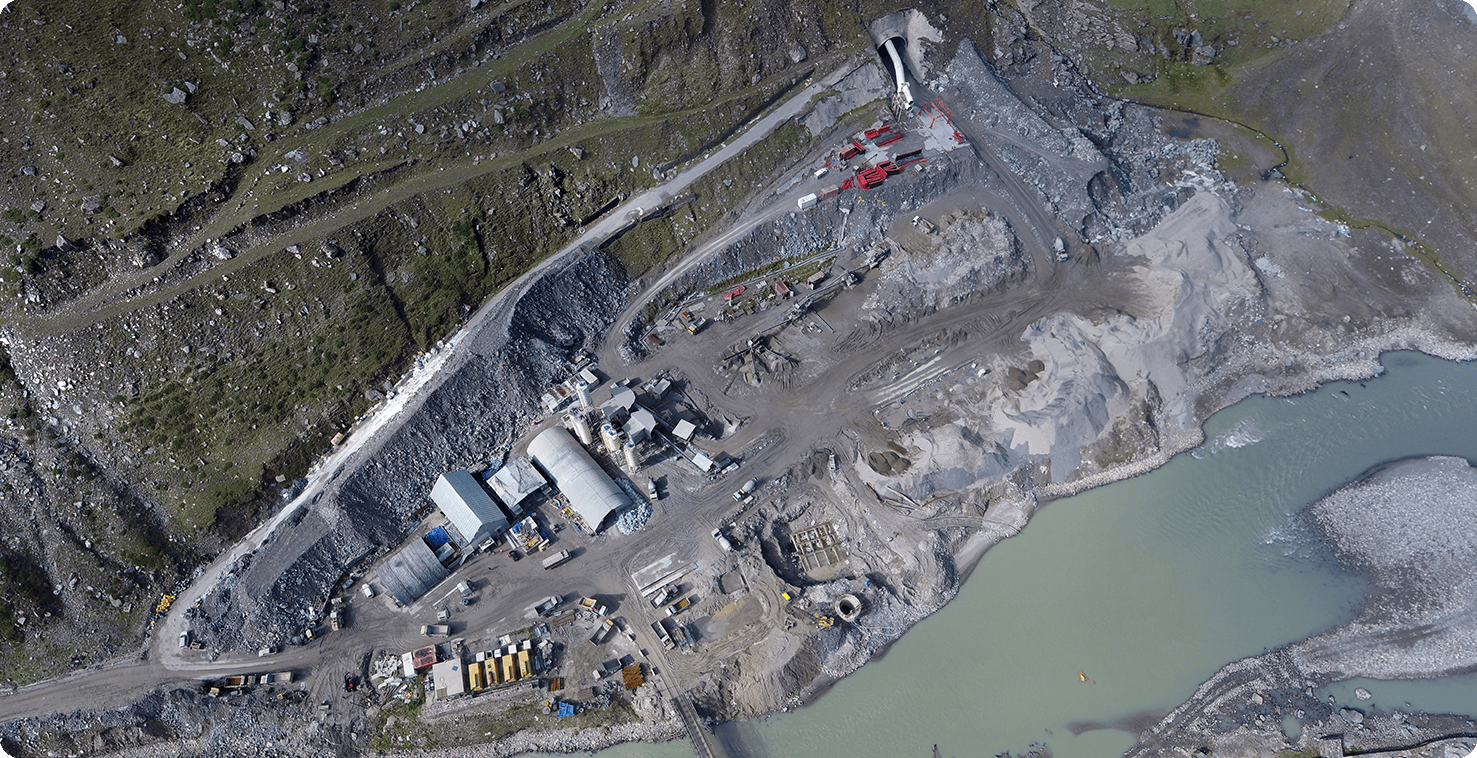The ghost of Seri Nalla
Mumbai: Rohtang Pass can take your breath away and send chills down your spine in equal measure. Mesmerised by its scenic beauty, visitors often recount the enchanting effect a visit to this Himalayan region has had on them. Locals, meanwhile, share horrifying tales as old as time of lives being lost every winter. That’s how perhaps the name Rohtang came into being - in the local language, it means a pile of corpses.
The Strabag-Afcons Joint Venture (SAJV) team set up base in the breath-taking Himalayan zone to build the world’s first motorable tunnel 3000m above sea level in 2009. They knew the road ahead would hold several risks as well as countless challenges such as extreme weather conditions, unexpected landslides and precarious geological conditions. The work began a year later with the first blast at the south portal near Dhundi, but little did the team know what they had in store within the dark recesses of the Rohtang Pass.
The excavation continued, and when the team touched the Seri Nalla zone, the ghost made its first appearance. Extremely fractured and pulverised rock and poor geological conditions led to the collapse of face in the zone, ranging from Ch 2+049m to Ch 2+462m. The haunting continued with massive water ingress and flooded the entire excavated area.
This event put momentary brakes to the work on the south portal. The team, meanwhile, weren’t entirely clueless about the ghost of Seri Nalla. Geological studies had indicated that the tunnel from south portal would pass through quartzite-schist with various shear seams of phyllite and gneiss. It also has a fault structure – the encountered rock mass at face consists of decomposed rock fragments of phyllite, quartzitic phyllite, schist and RBM (river bed materials) with heavy ingress of water.
“At Seri Nalla zone in the south portal, we were faced by constant collapse of tunnel face. We also experienced huge water ingress of up to 127 litres per second,” says Sunil Tyagi, Project Manager, Rohtang Pass Highway Tunnel Project. The team, however, was determined to exorcise the ghost and see the light at the end of the tunnel. The excavation activities continued at the zone, albeit at a slower pace, with the Seri Nalla portion being turned into a veritable island.
As activities progressed along the other portions of the 8.8-km tunnel, plans had to be changed. The ghost of Seri Nalla was in no mood to relent. The frequent falling of loose materials and water ingress led to frequent disruption of activities. The heavy water flow resulted in deterioration of the road inside the tunnel. A special team armed with equipment was deployed to undertake maintenance of the road.
“Due to the lack of access points in the region, the possibility of adits was ruled put. It caused major concern in achieving efficient ventilation of the tunnel during construction. Though a robust ventilation system was installed, increased burden led to rise in temperature inside the tunnel,” says Tyagi.
According to initial plans, concreting was to be carried out in a sequential manner from both portals to meet at the centre of the tunnel. However, with an inadvertent delay at the Seri Nalla portion, concreting activities began elsewhere in the tunnel. In this portion, movable bridges were installed to facilitate excavation, concreting and allow uninterrupted traffic movement inside the tunnel for vehicular traffic. The north portal too had its share of turbulences in form of unabated snowfall and avalanches that rendered the area inaccessible and stopped all activities. There were times when the entire site was left devastated, and in 2013, the team also had to overcome tunnel collapse in the region. The team’s spirit proved too formidable for the ghosts of Rohtang Pass.
Four years and several sleepless nights later, in 2016, excavation of the 0.41km of the Seri Nalla zone was complete. More than 1.6 kms was excavated in 2016, with the tunnel finally achieving its breakthrough in 2017. “The entire team is extremely happy at achieving this milestone of heading completing,” says Tyagi.
Today, the tunnel is already being used for medical and other emergencies, proving how important this project is turning out to be. It’s only a matter of time when the SAJV team wraps operations. And when it does, it will carries with itself the success of building an engineering marvel and myriad stories about the hauntingly beautiful Rohtang Pass.
More on the project: Check this video of Rohtang Tunnel!








